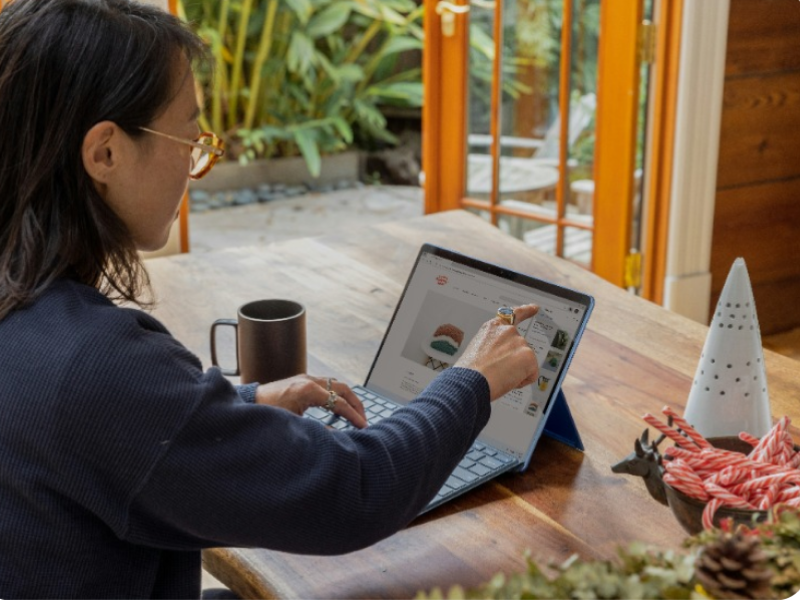A virtual reality walkthrough of reportedly the world’s first mobile stroke diagnosis technology has been released by x-ray innovator Micro-X.
The VR shows how the Head CT Scanner is designed to be used in an ambulance, bringing mobile stroke diagnosis to the patient to reduce the time to treatment. Stored in the side of an ambulance, the Head CT can be easily opened and operated, and if built successfully, will send images to stroke clinicians for
diagnosis. The medical device is currently under development and due to commence human clinical trials late this year.
When completed, the Micro-X Head CT will be less than 70kg and will contain 21 mini X-ray tubes, as opposed to a conventional CT that is more than 1200kg with one X-ray tube in a rotating gantry. Micro-X’s patented Nano Electronic X-ray Technology uses carbon nanotubes to miniaturise x-ray tubes.
Mobile stroke units – fully equipped, custom-built specialist vehicles that accommodate a modified, but still very heavy CT scanner at more than 500 kg, and specialist acute stroke personnel – are being introduced around Australia. The equipment and required staffing are a high cost, with the custom-built ambulance also requiring reinforcement to support the weight of the CT scanner. The good patient outcomes from these units provide support for a truly mobile solution that is lower cost and more widely deployable.

The development of Micro-X’s world-first mobile stroke technology is funded through $8m of a $40 million grant awarded to the Australian Stroke Alliance under the Australian Government’s Medical Research Future Fund.
Micro-X Chief Executive Officer Kingsley Hall commented: “What we are achieving at Micro-X is phenomenal. With stroke the second largest cause of death globally and numbers increasing, our ambition is for our technology to improve and save the lives of people around the world. In Australia, we aim to transform how stroke diagnosis and management occurs through truly mobile CT, democratising access to treatment whether patients are in urban, rural or remote communities.”
Australian Stroke Alliance co-chair Professor Stephen Davis commented: “We are very keen to see the Micro-X device make it to field trials later this year. If successful, we will be able to scan stroke patients at the scene of their stroke in what will be a world first, using a lightweight, portable brain scanning device.”
Co-chair Professor Geoffrey Donnan added: “It is essential to conduct a brain scan when a paramedic suspects a stroke so they can work with a tele-neurologist to administer the correct treatment. The Australian Stroke Alliance is taking the emergency department to the patient, saving vital minutes by diagnosing the stroke and then fast-tracking the patient to a comprehensive stroke centre where a team is waiting to remove a clot or to stop a bleed.”





















